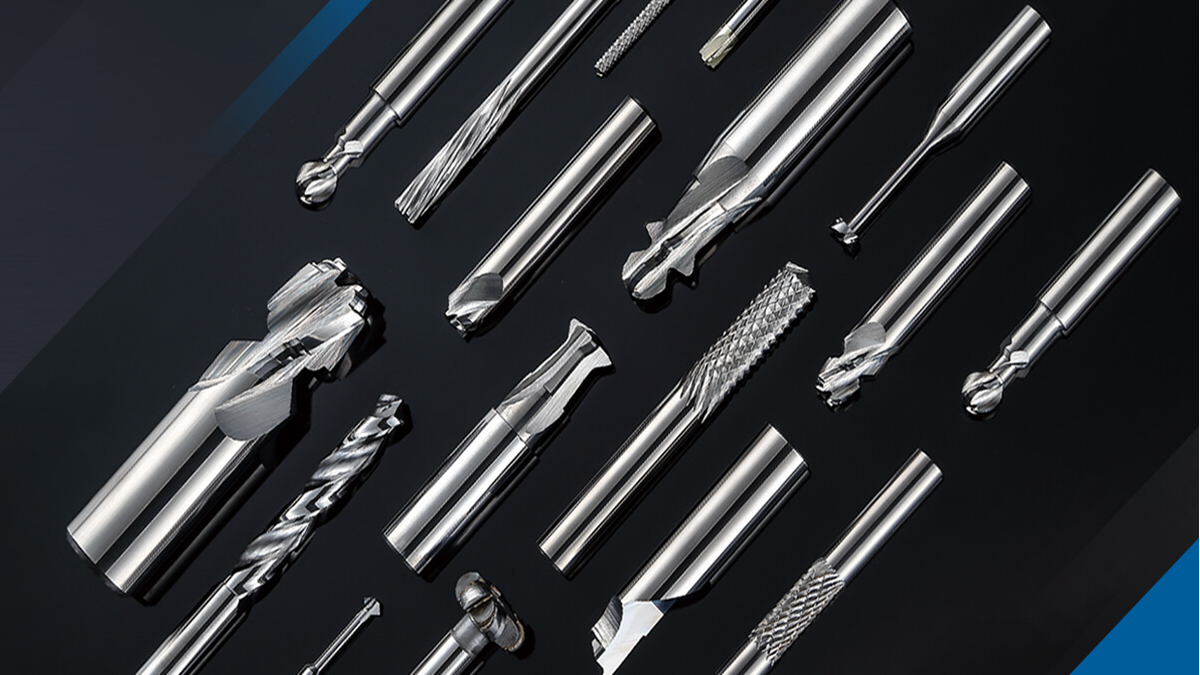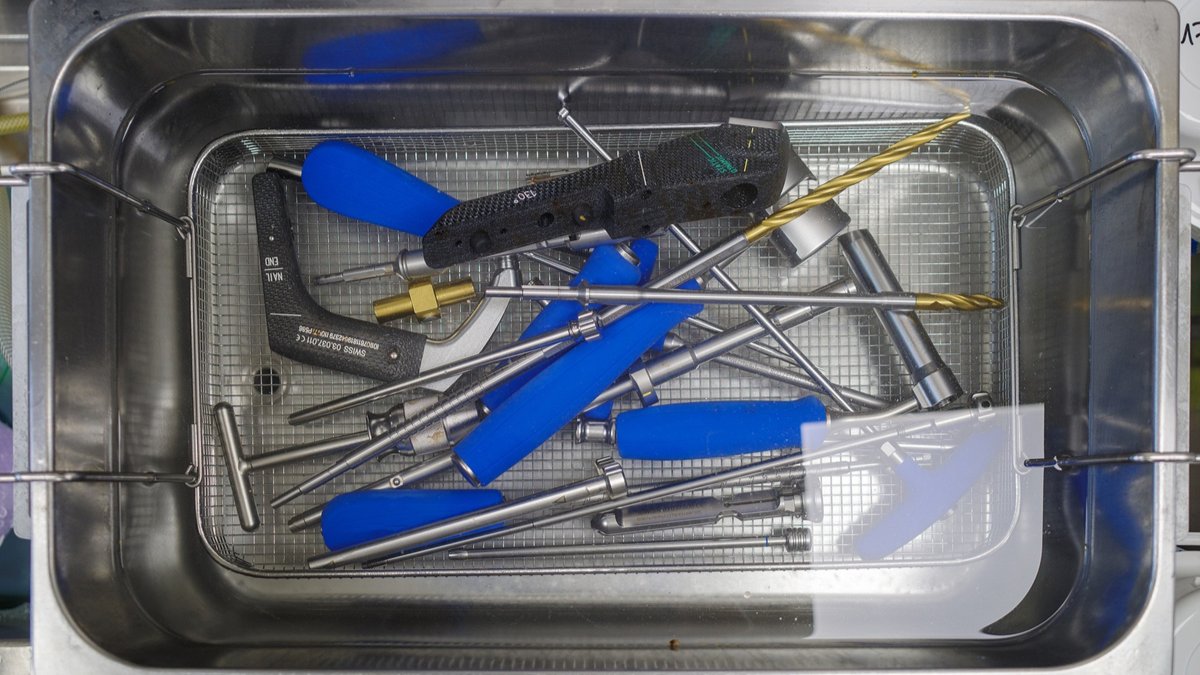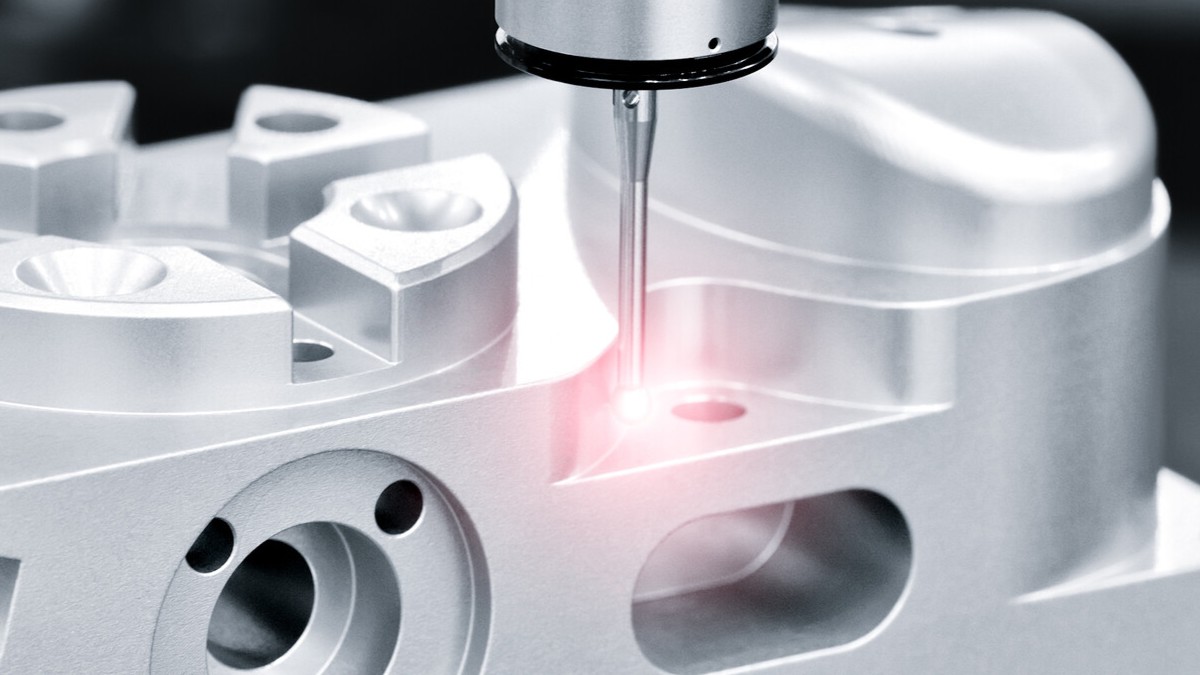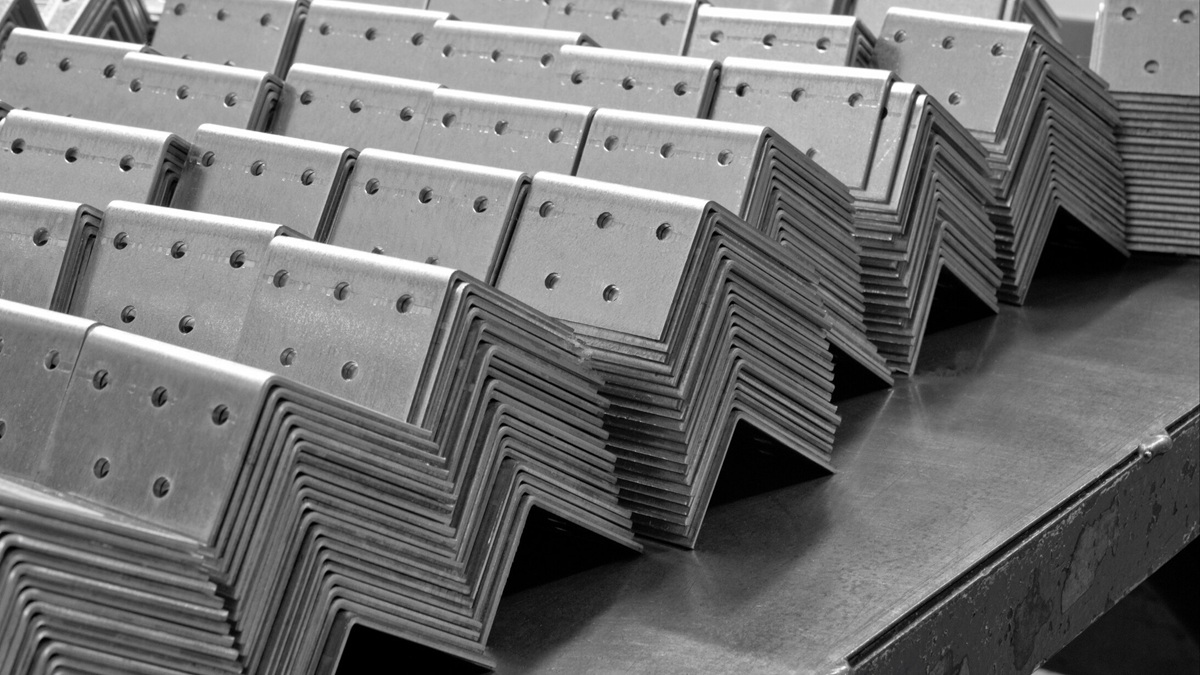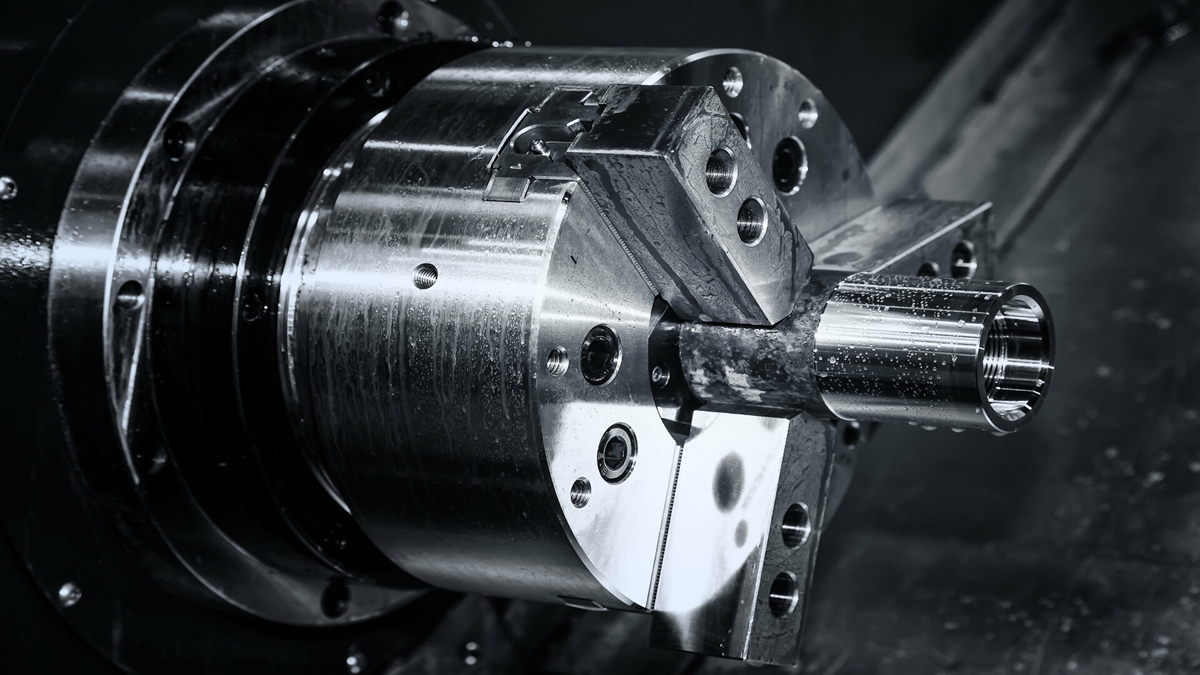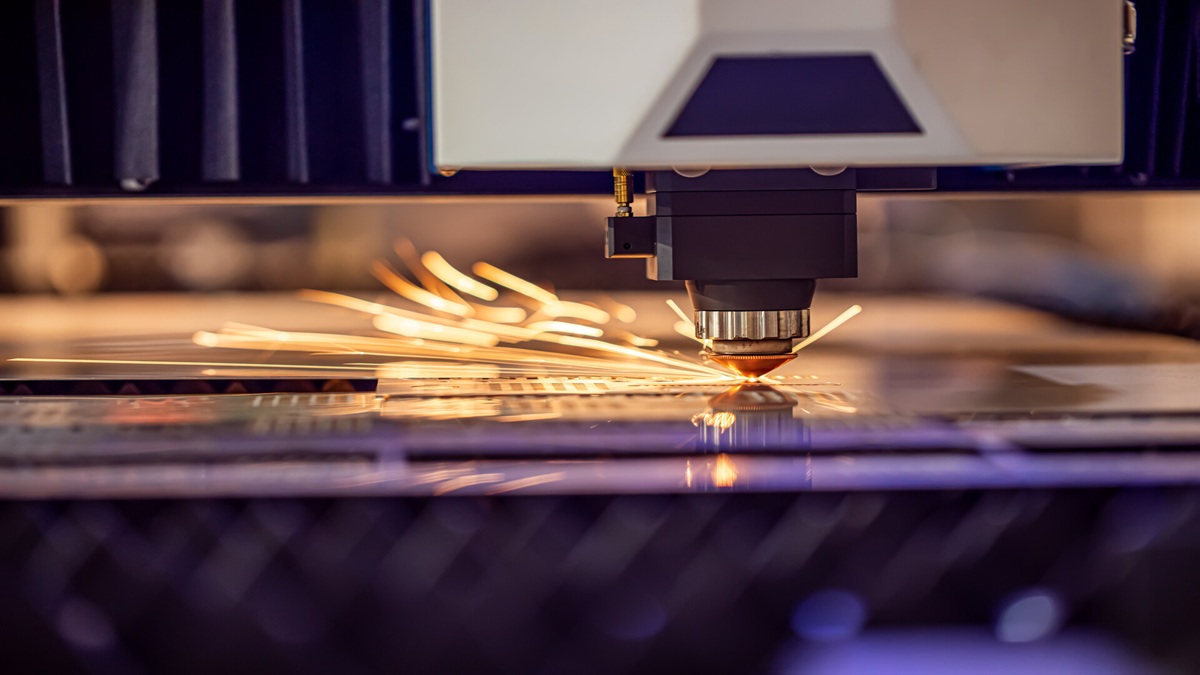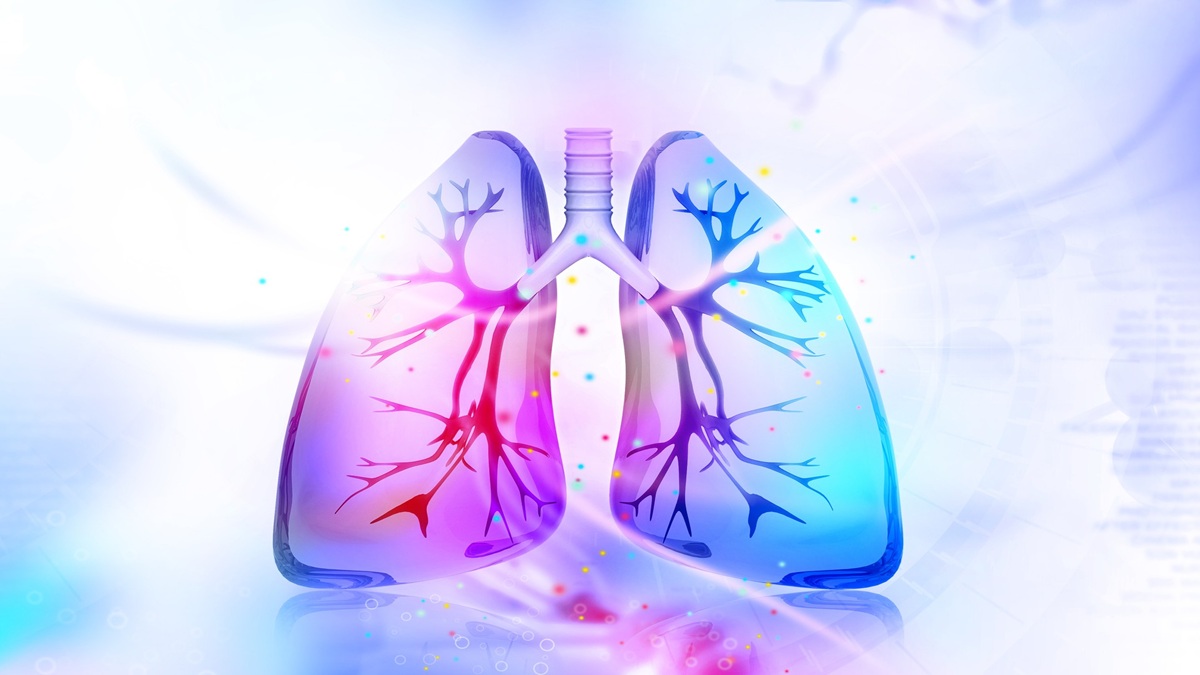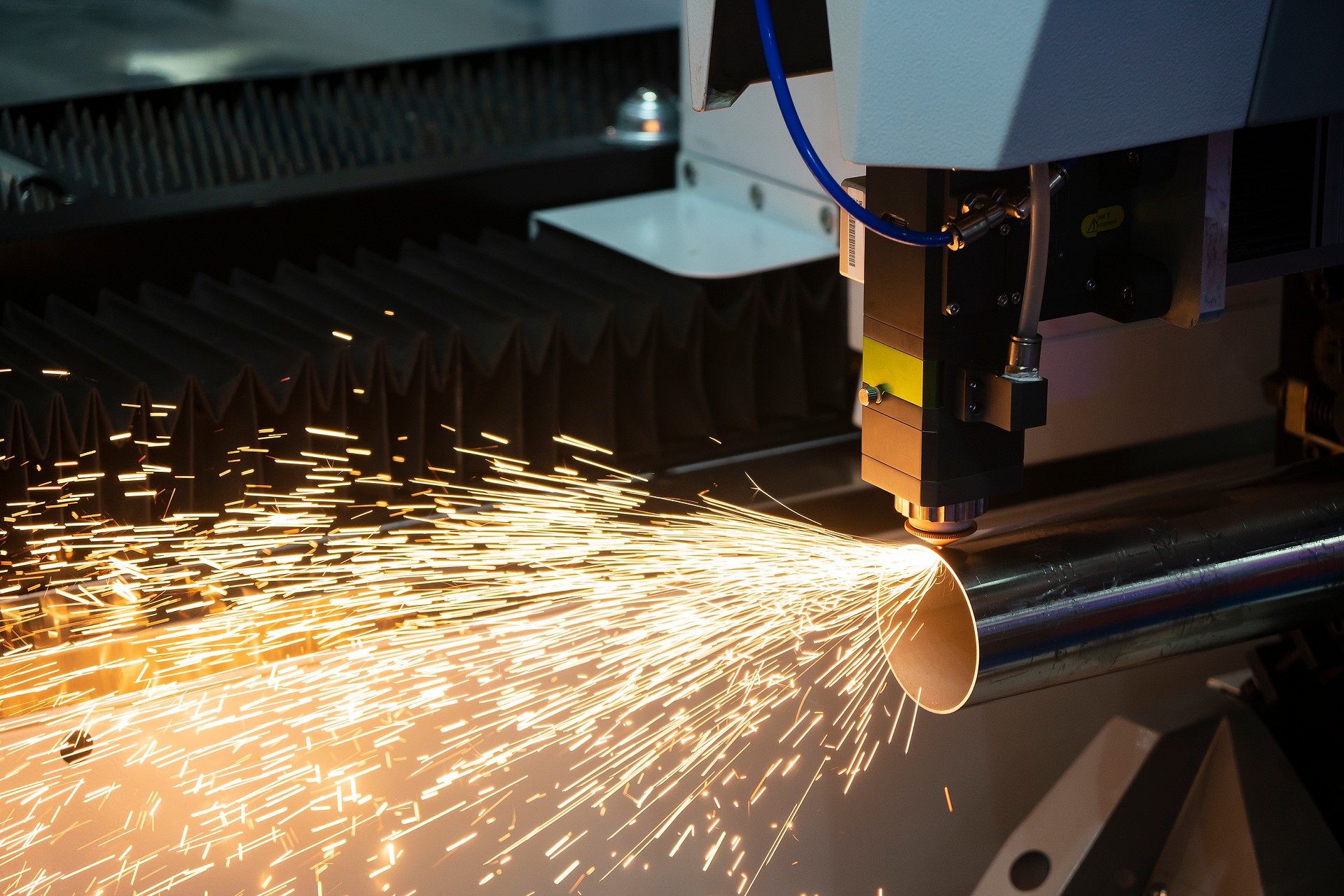Pulmonary rehabilitation has been internationally recognized by respiratory medical organizations as a core component in managing chronic respiratory diseases. Its purpose is to enhance respiratory muscle endurance, ventilation efficiency, and daily functional capacity, thereby reducing hospitalization risk and improving quality of life. Patients experiencing respiratory muscle imbalance, alveolar collapse, or mucus accumulation—such as postoperative patients, those with COPD, neurodegenerative diseases, or recovering from COVID-19—can achieve stabilized respiratory function through systematic training combined with assistive devices.
Primary Objectives
The main objectives of pulmonary rehabilitation include:
1.Improving lung function and respiratory muscle strength during inhalation and exhalation.
2.Enhancing lung volume and ventilation efficiency to prevent atelectasis.
3.Increasing patients' ability to clear mucus and maintain airway patency.
4.Providing continuous and stable respiratory support for patients with chronic lung diseases, postoperative recovery, and neurological disorders.
Pulmonary rehabilitation typically involves muscle strength training, lung volume expansion, quantitative monitoring of respiratory flow, and sputum clearance assistance. This comprehensive intervention helps reduce hospital readmission rates and effectively improves patients’ quality of life and functional independence.
Core Rehabilitation Devices and Their Functions
1. Tri-Ball Incentive Spirometer
Design Concept: Patients slowly inhale deeply to raise three colorful balls, providing real-time visual feedback on inhalation flow rate and encouraging sustained, forceful inhalation.
Purpose: Primarily targets alveolar expansion and lung volume recovery. Commonly used postoperatively to prevent atelectasis, for patients with post-COVID-19 dyspnea, COPD, or as gentle respiratory training.
Specifications: Offers three inhalation flow rates (600 / 900 / 1,200 mL/s) to match various lung capacity stages. Includes disposable mouthpiece and extension tubing.
2. Bravo™ Inspiratory and Expiratory Trainer
Usage: Requires overcoming spring resistance during both inhalation and exhalation, similar to "dumbbell training" for respiratory muscles.
Training Levels: Features more than 10 resistance settings indicated by colored balls or scales for fine clinical adjustments.
Benefits: Trains both inspiratory and expiratory muscles, enhancing muscle strength, endurance, and daily respiratory performance in chronic lung disease patients.
3. Expiratory Muscle Trainer (Pressure-Adjustable)
Features: Includes an adjustable PEEP valve with resistance from 5–20 cmH₂O, starting with low resistance suitable for beginners and gradually increasing load to strengthen expiratory muscles.
Clinical Application: Suitable for COPD, bronchiectasis, and mucus retention patients to improve cough efficiency and optimize bronchodilator effects (e.g., nebulization coverage during reopening phases).
4. GiO™ MIP/MEP Digital Pressure Measurement Kit
Description: Equipped with inspiratory and expiratory pressure valves, silicone mouthpiece seal, and disposable bacterial filter interface; provides real-time MIP (Maximum Inspiratory Pressure) and MEP (Maximum Expiratory Pressure) values.
Clinical Significance: The gold standard for quantifying respiratory muscle strength; monitors recovery in stroke, COPD, dental, or thoracic surgery patients and evaluates rehabilitation outcomes.
Design Details: Lightweight (~43g), battery-powered, accuracy ±2.5% F.S., with intuitive operation.
5. Peak Expiratory Flow Meter (PEF)
Function: Measures the patient’s maximum expiratory flow rate (PEF), used to assess airway obstruction before and after inhaled medication.
Advantages: Lightweight and portable, with visible scales, sliders, and recording areas for home monitoring of wheezing or treatment response.
Target Users: Asthma patients, COPD care programs, and home follow-up patients.
6. MDI Spacer (Metered Dose Inhaler Spacer)
Purpose: Solves synchronization difficulties between MDI actuation and inhalation, allowing patients to inhale medication freely during normal breathing.
Interface Types: Common designs include ring and tube versions compatible with mainstream MDIs, detachable for cleaning, with clear airflow paths.
Clinical Goal: Enhances drug delivery to lungs, reduces oropharyngeal residue and particle deposition that may reduce efficacy or increase side effects.
7. ECHO Percussor (Handheld Oscillatory Respirator)
Operating Principle: Uses internal airflow oscillations to simulate tapping respiratory muscle movements, improving expiratory muscle strength and mucus clearance efficiency.
Features: Adjustable frequency control knob, airflow indicator window to ensure proper use, supports common airway tubing attachments.
Indications: Suitable for patients with excessive airway secretions, chronic obstruction, or airway clearance needs—especially beneficial in post-COVID-19 sputum clearance rehabilitation.
Special Design: “Tit & Escape” rapid switching feature enhances safety and usage speed.
Conclusion
Modern pulmonary rehabilitation transcends simple breathing exercises by adopting an integrated strategy of "measurement + training + sputum/drug coordination," combining respiratory function assessment, respiratory muscle strengthening, lung volume expansion, and effective mucus clearance. This comprehensive rehabilitation approach has demonstrated significant clinical benefits for COPD patients, those with postoperative atelectasis, post-COVID-19 respiratory function decline, neurological disease patients, and long-term bedridden individuals. By improving lung function and muscle strength and promoting airway cleanliness and patency, it effectively reduces hospitalization frequency, alleviates dyspnea, and enhances patients’ overall quality of life.




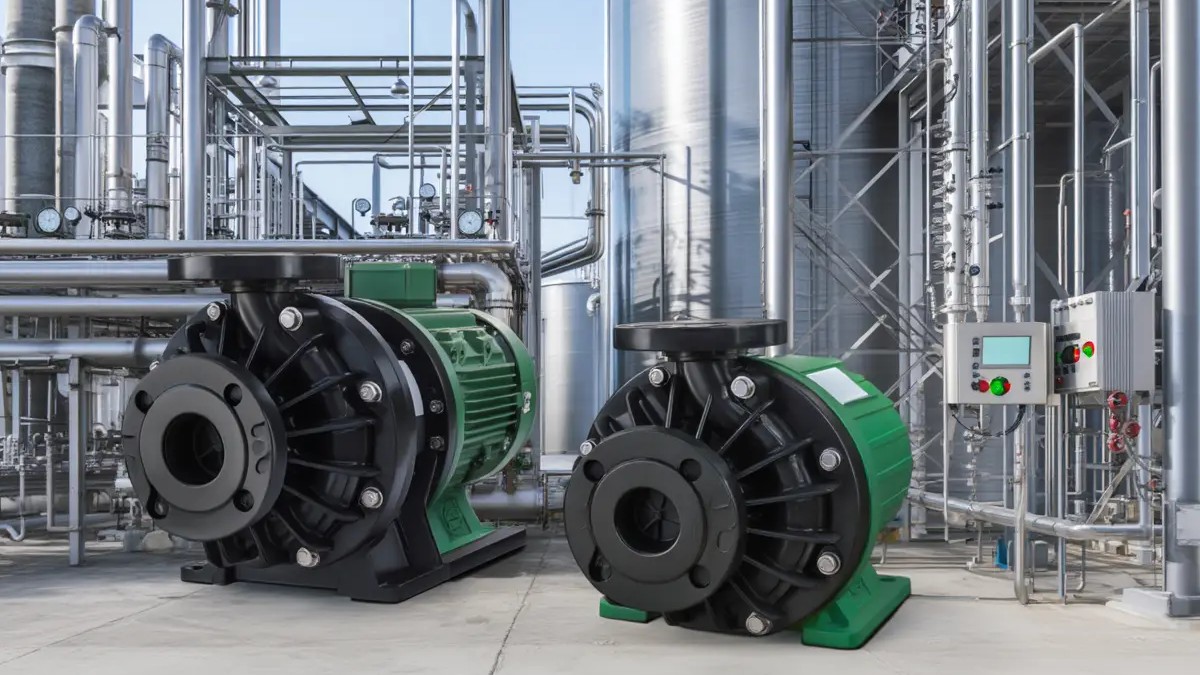
.png)
